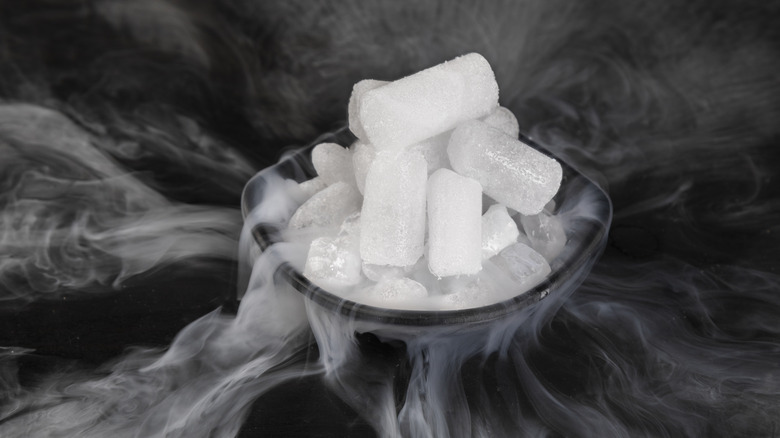Where Can You Buy Dry Ice?
If you're looking for dry ice, your local grocery store may be the first place you think to go, but availability varies. Chains like Safeway, Kroger, Walmart, and Publix stock dry ice in select locations, typically in a separate cooler near the front or back of the store. For example, Safeway offers dry ice online for pickup, but again, availability depends on the specific location. Some stores only carry it during peak demand periods like Halloween or summer, when dry ice is popular for fog effects and camping coolers.
Because it sublimates (turns into gas) quickly and must be stored at ultra-cold temperatures, not all grocery stores have the proper equipment to stock dry ice. Calling ahead is always your best bet. Ask the customer service desk if they carry dry ice and whether it's currently in stock. On certain forums like Reddit, users sometimes report that even stores that do sell dry ice don't always have it when you show up. If your grocery run is time-sensitive, have a backup plan in mind, especially if you're using dry ice for medical transport, science projects, or shipping frozen goods.
Specialty suppliers are a more reliable source of dry ice
For consistent availability and larger quantities, the best option is to go directly to a dry ice supplier. Companies like Linde, Airgas, and Penguin Dry Ice sell dry ice in pellet and block form and often provide better customer service around safe handling and transport. For example, Linde offers a directory of pickup and delivery options through its website and is a go-to source for industrial users and businesses. Meanwhile, Penguin Dry Ice operates dedicated retail locations in several U.S. cities and also supplies to grocery stores that resell its product. Grocery stores are good places to go if you're just experimenting in the kitchen and want a bit of dry ice for cooking.
If you need dry ice for commercial purposes, like catering, shipping perishables, or cleaning, you'll likely find better quality and pricing from a supplier than a grocery store. Many also offer safety gear like gloves and goggles, along with guidance on how much dry ice you'll need based on your use. These suppliers are also an ideal option for those with recurring needs, such as medical labs or soda carbonation enthusiasts who use dry ice for DIY CO2 refills. They usually require ID and may have minimum purchase amounts, so check ahead before visiting.
What to know about buying dry ice
Buying dry ice isn't like buying regular ice. There are a few key things to know before you go shopping. Before heading to the store, you have to know the right way to use a cooler to avoid any serious injuries. You'll need an insulated cooler to transport it safely. Dry ice sublimates quickly and needs ventilation to avoid pressure buildup, so never seal it in an airtight container. Gloves or tongs are also essential because direct contact will cause severe frostbite due to its -109 degree Fahrenheit temperature.
Dry ice is usually sold by the pound and most people purchase 5 to 10 pounds depending on the intended use. If you're using dry ice for a cooler, plan on about 10 pounds for every 24 hours of cooling. For fog effects or school experiments, small pellets work best and evaporate faster.
Most stores don't accept returns or exchanges on dry ice due to safety risks and limited shelf life, so plan accordingly. Also, you have to be at least 18 years old to purchase it in some states, so that's another caveat to keep in mind. If you're unsure how much to get, explain your use to the retailer and they should be able to recommend an appropriate amount and format (block vs. pellet).


